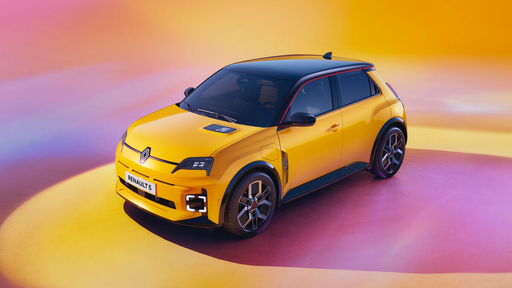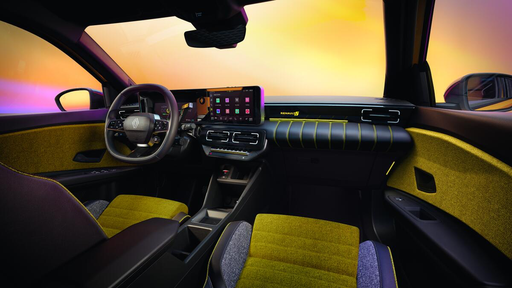Fierce Competition: Ford Puma Versus Renault R5
In the electric-driven era of modern automobiles, two contenders have electrified the streets with their innovative technologies and appealing designs – the Ford Puma and the Renault R5. These models, representing their respective brands, Ford and Renault, have become popular choices for automotive enthusiasts. Each car offers unique strengths, ensuring versatile options for potential buyers.







